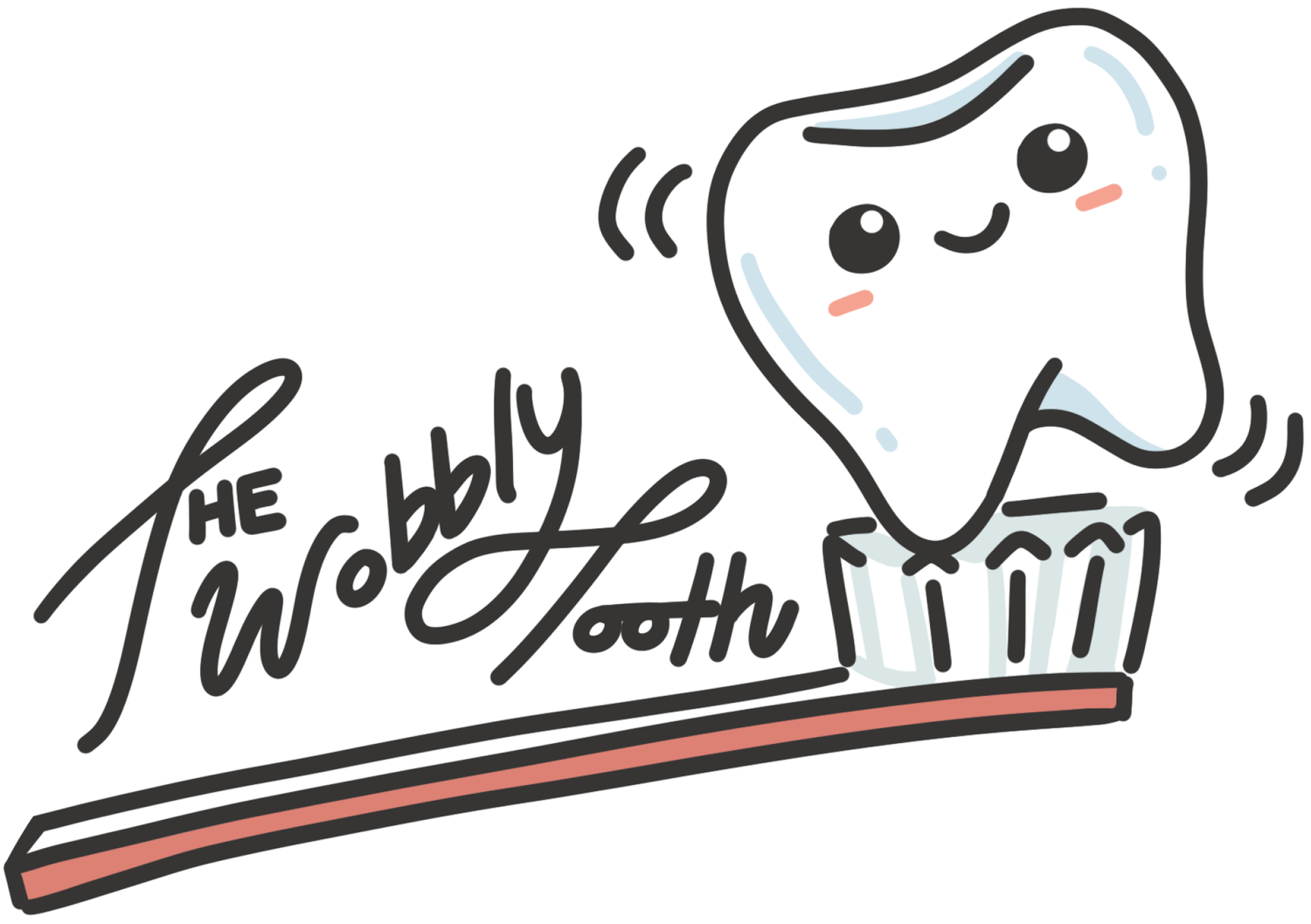Diet and Oral Health: Understanding the Connection and How to Maintain a Healthy Smile
Diet plays a crucial role in maintaining good oral health. The foods and drinks we consume can have a significant impact on our teeth and gums, affecting our overall oral health and well-being. Understanding the connection between diet and oral health and how to maintain a healthy smile is important for promoting and maintaining good oral hygiene.
How Diet Affects Oral Health
The foods and drinks we consume can have a significant impact on our teeth and gums, leading to a range of oral health problems, including:
Tooth decay: Foods and drinks high in sugar and carbohydrates can increase the risk of tooth decay by promoting the growth of plaque and bacteria on the teeth.
Gum disease: Foods and drinks high in sugar and acidic content can increase the risk of gum disease by promoting inflammation and infection of the gums.
Tooth staining: Foods and drinks high in pigments, such as coffee, tea, and red wine, can stain the teeth, leading to discoloration and unsightly appearance.
Tooth erosion: Foods and drinks high in acidic content, such as citrus fruits and sports drinks, can erode the enamel on the teeth, leading to sensitivity and tooth decay.
Maintaining a Healthy Diet for Oral Health
Maintaining a healthy diet for oral health is important for promoting and maintaining good oral hygiene. Some of the most effective strategies for maintaining a healthy diet for oral health include:
Limit sugary and acidic foods and drinks: Limiting sugary and acidic foods and drinks, such as candy, soda, and citrus fruits, can help to reduce the risk of tooth decay, gum disease, and tooth erosion.
Drink plenty of water: Drinking plenty of water can help to rinse away plaque and bacteria from the teeth and gums, reducing the risk of oral health problems.
Consume calcium-rich foods: Consuming calcium-rich foods, such as dairy products and leafy greens, can help to strengthen the teeth and bones and prevent tooth decay.
Eat crunchy, fibrous fruits and vegetables: Eating crunchy, fibrous fruits and vegetables, such as apples and carrots, can help to stimulate the production of saliva, which neutralizes plaque and bacteria on the teeth.
Limit snacking: Limiting snacking between meals can help to reduce the frequency of plaque buildup and the risk of oral health problems.
In conclusion, diet plays a crucial role in maintaining good oral health. The foods and drinks we consume can have a significant impact on our teeth and gums, leading to a range of oral health problems. Maintaining a healthy diet for oral health, including limiting sugary and acidic foods and drinks, drinking plenty of water, and consuming calcium-rich foods, can help to promote and maintain good oral hygiene. If you have concerns about your diet and oral health, it is important to speak with your dentist, who can provide personalized recommendations and treatment options.
Sources:
American Dental Association. (2021). The Connection between Diet and Oral Health. https://www.mouthhealthy.org/en/nutrition/food-tips
American Academy of Pediatrics. (2021). The Connection between Diet and Oral Health. https://www.aap.org/en-us/about-the-aap/aap-press-room/news-features-and-safety-tips/Pages/The-Connection-Between-Diet-and-Oral-Health.aspx
American Dental Hygienists’ Association. (2021). Diet and Oral Health. https://www.adha.org/resources-docs/7124_Diet_and_Oral_Health.pdf
Centers for Disease Control and Prevention. (2021). Nutrition and Oral Health. https://www.cdc.gov/oralhealth/conditions/nutrition.html
National Institute of Dental and Craniofacial Research. (2021). Nutrition and Oral Health. https://www.nidcr.nih.gov/health-info/nutrition-and-oral-health
Mayo Clinic. (2021). Nutrition and Oral Health. https://www.mayoclinic.org/healthy-lifestyle/adult-health/in-depth/dental/art-20047475

